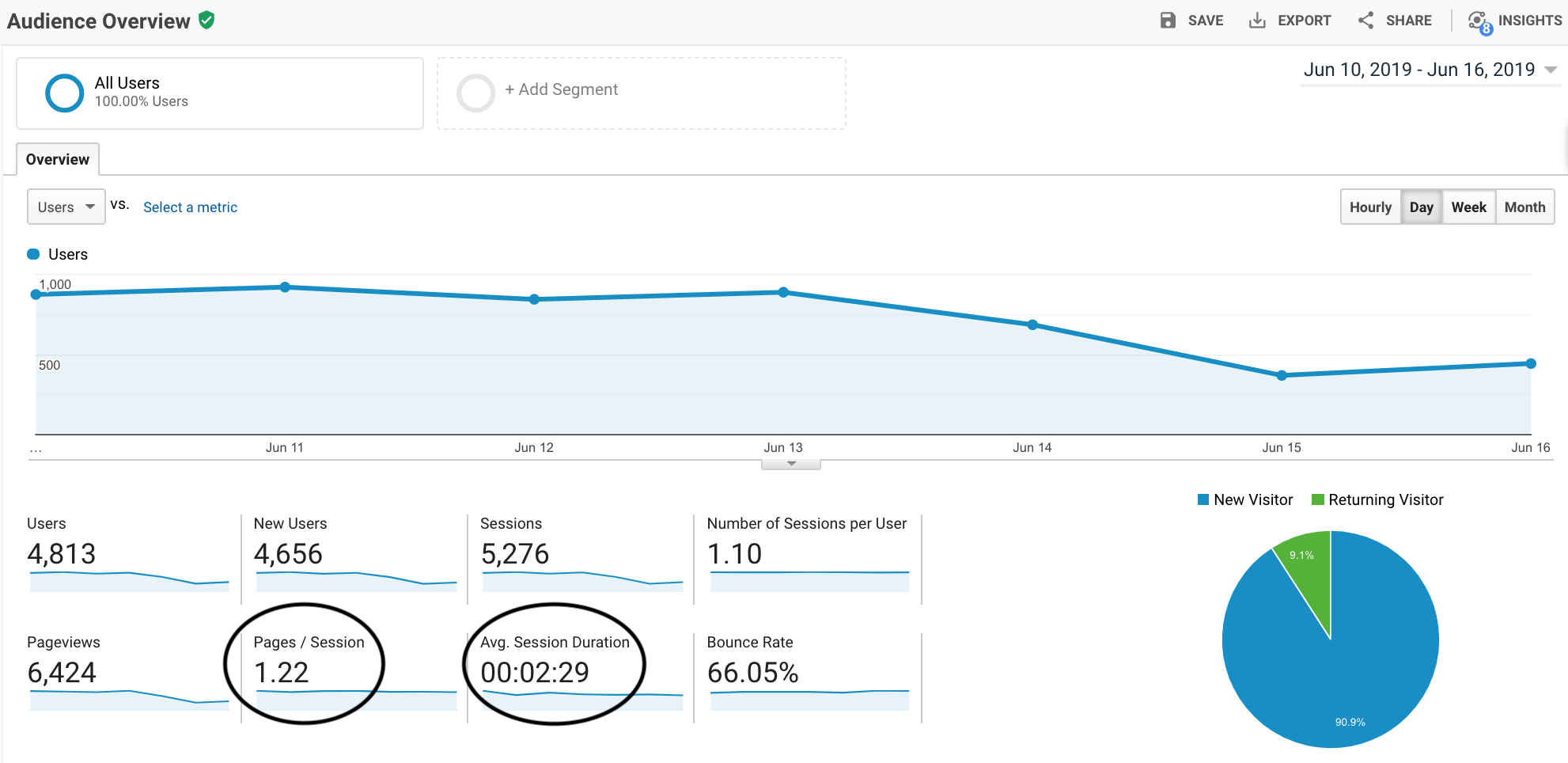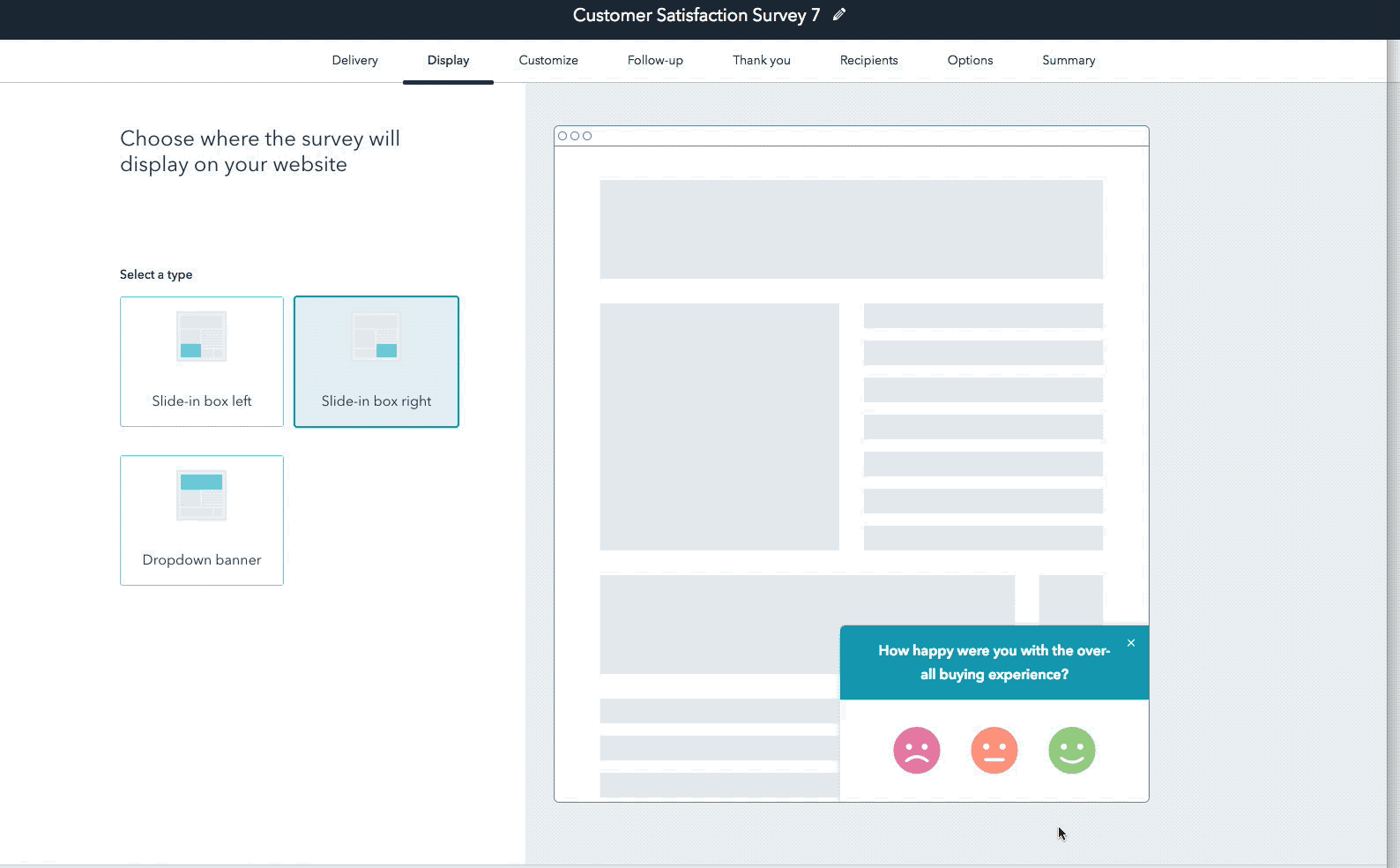It’s no surprise that Customer Experience (CX) is vital to a company’s success. But how can you measure it? How do you know if your customers are having an enjoyable experience on your website and with your employees? In this blog post, we share five ways that you can measure CX success. If you need a quick refresher on the importance of CX (or what it is), read our previous blog post here.
5 Ways to Measure CX Success
1. Monitor sales
You don’t want your customers to simply “like” your company/product/service. You want them to have a great experience that produces loyalty to your brand, and a great way to monitor this loyalty is through sales. If people don’t like the interaction they have had with your company, they (most likely) will not buy anything.
See if your customers are having a great experience by finding the answers to the following questions: Are sales decreasing/increasing? Are your customers returning to you for business? Are they are a part of your loyalty program?

2. Monitor engagement with analytical tools
With the number of online tools available, you have many great, easy options for measuring CX. One of the best tools we use everyday at CommonPlaces is Google Analytics. With Google Analytics, you can find answers to important questions such as: Are people visiting only one page and leaving? How long are they staying on the site? What are the pages that have the highest bounce rate?

By studying these statistics, you can fix poor performing pages with better CTAs, content or offers. When these stats are good, we know that the overall experience is good.
3. Monitor social media and online reviews
Are your customers involved with your social media? Are they liking, commenting and sharing your posts? These indicators show if your customers care enough about your brand to engage online. If you struggle with this research, create a calendar that ensures you are consistently monitoring these factors to check sales and engagement.
Online reviews are also an important factor. According to a Bright Local study in 2018, “91% of 18-34-year-olds trust online reviews as much as personal recommendations.” You should consistently monitor online customer reviews on sites such as Facebook, Google and Yelp. These reviews tell you exactly what your customers felt during their experience, and even gives you the chance to reach out and fix certain issues. If you are B2B, an excellent review site is Clutch.

4. Include rating & reviewing options directly on your website
If you want to receive feedback directly from your customers, you should create user-friendly ways for them to do so. Users will be more likely to submit a review if it only requires one click and doesn’t take them away from the current page. For example, HubSpot recently released a customer experience survey that you can put on your website. Asking questions such as “Did you find this page helpful?” directly on the page is a great way to measure the customer experience.

5. Email customer surveys
After any interaction with a customer (in-person and online), make every effort to understand if they enjoyed their experience. As part of your marketing plan, include phone or email surveys directly after any interaction. Some excellent free services include Survey Monkey and Google Forms. Get regular feedback from your customers so you can continue to make good decisions on product and service offerings.

Final Thoughts
Measuring customer experience is the best way to know how your customers and potential customers feel about your company or services. Investing in customer experience means investing in your company’s success, and we encourage you to seek honest, genuine feedback and not shy away from criticism. If your customers are having good experiences, your company will reap the rewards.
If you are looking for ways to improve your customer’s experience, check out our Customer Experience Portals. We would love to help your business grow.



